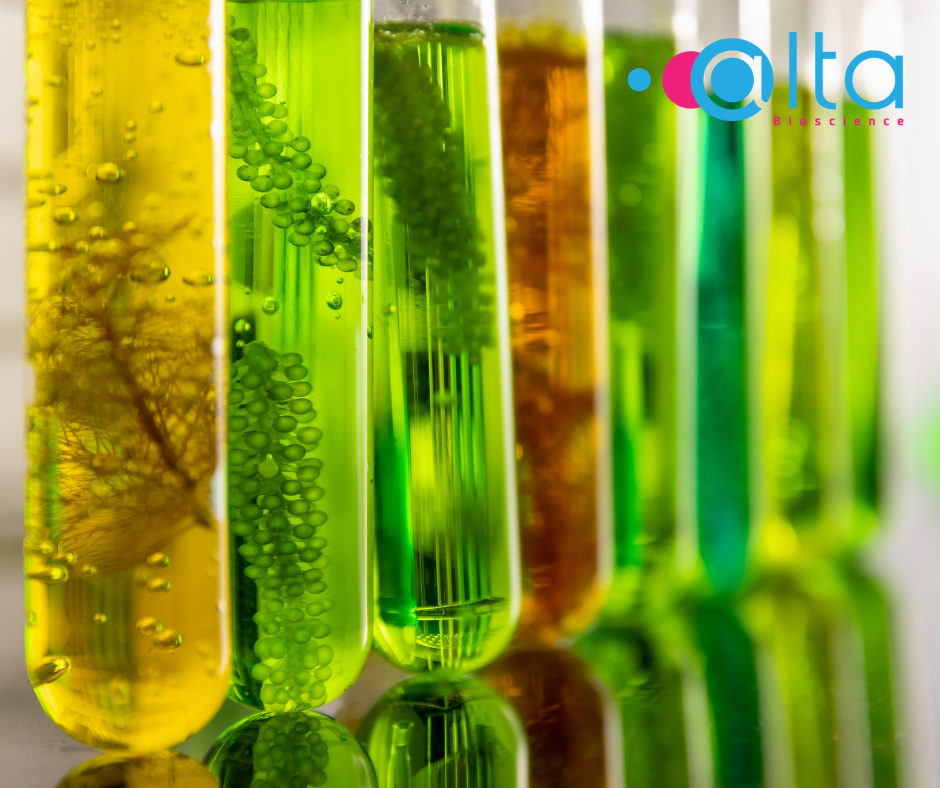Peptide solubility and storage
Peptides obtained from ourpeptide synthesis service are supplied as lyophilised materials. If you are wondering how long you can store them or are unsure how to dissolve them so that they can be used in your required application, then read on. Our experienced chemists share with you their best storage and handling tips to preserve your synthesised peptide integrity and maintain their activity. They also provide some recommendations on how to dissolve peptides when ready to use.
Peptide storage and handling
Lyophilised peptides are usually stable and will be shipped at ambient temperatures. Upon receipt, we recommend storing the peptide in a cold, dark and dry place. As per general guidelines, lyophilised peptides can be kept at room temperature for up to 1 month, stored in the fridge for up to 1 year or at -20°C when long-term storage is required.
When taking peptide preparations out of the freezer, it is important to allow the vials to warm up to room temperature before opening the containers to prevent the condensation of atmospheric water onto the peptide. This is important because peptides are often hygroscopic and prone to deliquescence. Therefore, to prevent moisture degradation and/or crystal formation from their powdered form, which makes the peptides hard to handle, we recommend to aliquot the peptides as per your experimental requirements and avoiding repeated freeze-thaw cycles and frequent opening of the vials.
Special care must also be taken for peptides containing Cys, Met, and Trp residues, as they can degrade primarily due to oxidation. This may cause peptides to change colour (browning) and to lose their activity over time. Limiting peptide exposure to air is therefore recommended, and this can be achieved by storing the peptide in tightly capped vials and by working under a dry and inert atmosphere such as nitrogen or argon. For peptides already in solution, it is advisable to degas/purge the sample to remove oxygen.
Peptides stored in solution are less stable and are also susceptible to attacks by microbes. For that reason, we recommend using sterile buffers at pH 5-6 to dissolve the peptide, aliquot the sample, and store the solutions at -20°C when not in use. Filtering the peptide solution using a 0.2 µm filter may also help remove bacterial contamination. For long-term storage, the peptide can also be freeze-dried again to remove the solvent.
To aid your research and if preferred, we can supply peptides aliquoted into smaller amounts for ease of use. To request a quotation for peptide synthesis, please get in touch via our online form, and we’ll get back to you.
Peptide solubility
Peptides provided by AltaBioscience are supplied lyophilised and will need to be dissolved before usage in a wide range of assays. Finding a suitable solvent that will fully solubilise the peptide without impacting its stability and that is also compatible with the required experiment can be a difficult and laborious process. Nevertheless, it is a critical step that must be carried out carefully and systematically to ensure that correct and reliable results are successfully obtained when utilising the peptides. Find below tips from our expert chemists that will guide you when performing peptide solubility testing.
Top tips for dissolving peptides
Peptide solubility is mostly determined by the physical properties of its constituting amino acids. Amino acids can be described as non-polar/hydrophobic, polar uncharged, acidic or basic. In general, peptides with a large proportion of non-polar amino acids, such as peptides originating from the transmembrane regions of proteins, will be difficult to dissolve in water and might require the use of organic solvents. On the contrary, the more polar residues present in the peptide sequence, the easier it will be to dissolve a peptide in an aqueous solution. Acidic peptides will be more soluble at higher pH under alkaline conditions, whilst peptides that are overall basic will be most soluble at lower pH. The general guidelines described below will help you determine the best solvent to dissolve your peptide.
- Only use a small amount of peptide when performing solubility testing rather than the full amount. 1 mg amount is usually suitable.
- Start with volatile solvents when first dissolving a peptide of unknown solubility. This will enable the buffers to be removed by lyophilisation and the dissolution to be attempted again if necessary.
- Calculate the net charge of the peptide to determine whether the peptide is acidic or basic and decide on the best buffer pH conditions to use. To do so, assign a value of -1 to each acidic residue (Asp, Glu and the C-terminal -COOH) and a value of +1 to basic residues (Arg, Lys, His and N-terminal -NH2).
If the net charge of the peptide is positive, the peptide is, therefore, basic, and you may test with a 10-30% acetic acid solution. On the contrary, if the net peptide charge is negative, the peptide is considered acidic, and a 0.5% ammonium hydroxide solution is recommended. Do not use the latter method if your peptide has disulphide bridges, as the high pH may cause them to unfold.
- In the case of neutral peptides, start with organic solvents such as acetonitrile, methanol or isopropanol. For very hydrophobic peptides, dimethyl sulfoxide (DMSO) can be particularly useful in dissolving peptides and has the advantage of being tolerated by cells. DMSO is, however, difficult to remove by drying, so it is best to add a small amount of high-purity grade DMSO to the stock peptide solution until it dissolves and then to slowly add water or a buffer solution to dilute the DMSO content under constant and gentle agitation. Stop the water addition if the peptide starts to precipitate out. This procedure can also be applied when using other organic solvents.
- Please note that DMSO is not suitable for peptides containing cysteine as it promotes disulphide bridge formation. For cysteine-containing peptides, DMF can be used instead.
- Gentle warming and sonication are useful tactics in getting peptides to dissolve. For peptides that tend to aggregate, adding a chaotropic agent such as 6 M guanidine hydrochloride or 8 M urea might be useful in breaking up hydrogen bonds and preventing the peptide from gelation.
- Fully dissolved peptides will appear as a transparent solution. Cloudy solutions, or if particulates can be observed, indicate the peptide is still in suspension and further testing is required.
Our experts have many years of experience working with peptides and are happy to perform specific dissolution studies as part of our custom peptide synthesis service to provide a recommended protocol. To request, please get in touch.
Author: Sat Sandhu, Principal Peptide Chemist.



